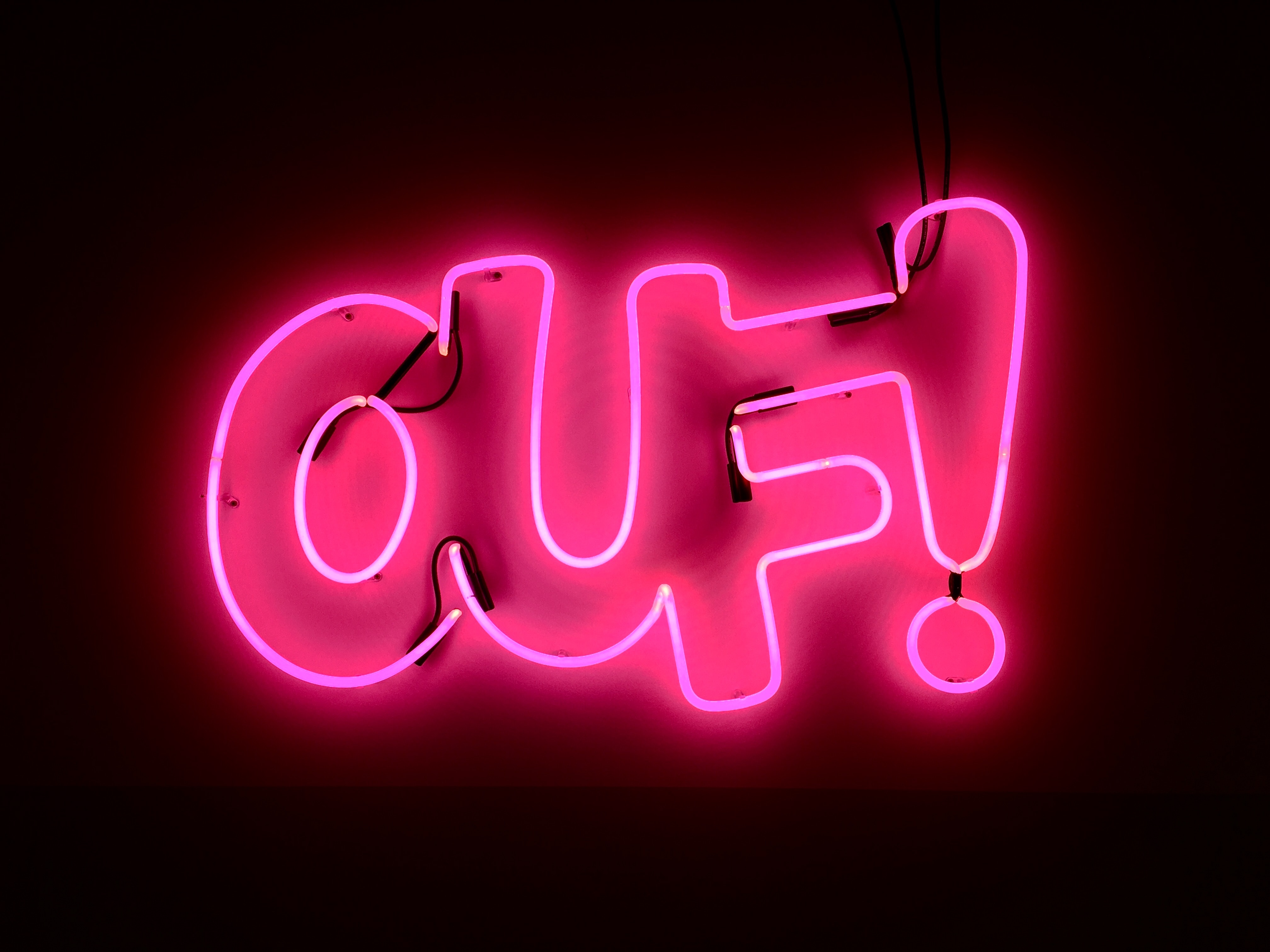What is the Pink Tax?
Despite leaps and strides in the fight for gender equality, one area that remains conspicuously unfair is the price disparity between men's and women's products, often referred to as the "pink tax".
The term "pink tax" was coined to refer to the extra amount women are charged for certain products or services. It spans a wide range of items, from clothing and personal care products to toys and services like dry cleaning or haircuts. It’s called the pink tax because many of these higher-priced women's products are quite literally pink, but the term extends to any women-targeted item that costs more than its male equivalent.

Pink Tax Examples
- Apple Watch Bands: As of 2023, a "Lemon Cream" 44mm Apple Watch band marketed for women retails at $49, while a "Black" 44mm band of the same style, marketed towards men, is available for $39.
- Personal Care Products: The Aveeno Daily Moisturizing Body Lotion for "Sheer Hydration" is listed at $8.68 for a 12-ounce bottle on a popular online retailer, while the Aveeno Men's Fragrance-Free After-Shave Lotion is $3.96 for the same size.
- Fashion Retail: Levi's 501 jeans for women are priced at $98, while the men's 501 original fit jeans are $89.50.
Why Does the Pink Tax Exist?
Marketing and branding strategies
Companies know that women, on average, are willing to pay more for certain products, particularly those related to beauty or fashion. So, they might intentionally price women's products higher, exploiting women's willingness to pay for perceived quality or luxury.
Product differentiation
Some argue that women's products often have different features or elements, such as design, materials, ingredients, or packaging, that make them more expensive to produce. This argument loses some merit when products are functionally identical, like razors or pens, but might have some validity for items like clothing where there can be significant differences in design complexity and material quality.
Societal norms and pricing policies
Societal norms and expectations might pressure women to buy the more expensive, female-oriented products. Additionally, there's a lack of regulations preventing this kind of pricing disparity. While places like California have laws against gender-based price discrimination for services, these don't extend to products in most cases.
The Financial Impact
A 2015 study by the New York City Department of Consumer Affairs found significant price disparities across a wide range of items. On average, women's products cost 7% more than similar products for men, a difference that adds up over the course of a lifetime.
The financial implications of this issue are exacerbated by the ongoing gender pay gap, which still sees women earning less than men on average. In the UK, for instance, the gender pay gap stands at 19.1% across all workers. This means that not only are women being paid less, but they are also paying more for basic goods and services.
The Response and What Can Be Done
Public awareness of the pink tax is growing, and there have been numerous petitions and campaigns aimed at rectifying this issue. But it seems to be a stubborn problem. Despite the criticism, many companies defend their pricing strategies, citing reasons such as production costs, marketing, and distribution as factors leading to the price differences.

In the face of such a complex problem, what can women do? Well, for starters, being aware of the pink tax is the first step. Consumers can challenge this unfair practice by making conscientious purchasing decisions — buying unisex or men's products when there's no significant difference in the item, and boycotting brands that engage in gender-based pricing.
While it's tempting to opt for products marketed towards women, it's worth considering whether these items actually offer any added value. If they don't, it might be better to opt for the cheaper alternative.
Moreover, pressure can be put on politicians and policymakers to enact laws prohibiting gender-based price discrimination. Just as it's illegal to pay someone less based on their gender, it should also be illegal to charge someone more for the same reason.
Final Thoughts
The fight for gender equality has made much progress over the years, but the pink tax remains an insidious reminder that we still have a long way to go. As consumers, it's essential to stay informed and make choices that challenge unfair practices like this. Only by voicing our discontent and voting with our wallets can we hope to bring about change and ensure a fairer future for all.
Related Posts
- How can we better tackle gender imbalance in software development
- 8 Must Read Books for Pricing Professionals
- 14 Ways to Keep Customers Coming Back
Sources
- http://www.theguardian.com/fashion/2016/jan/19/the-sexist-surcharge-how-women-get-ripped-off-on-the-high-street
- http://www.theguardian.com/fashion/2016/jan/19/the-sexist-surcharge-how-women-get-ripped-off-on-the-high-street
- http://time.com/3556816/france-womens-products-invisible-tax/
- http://www.independent.co.uk/news/business/women-paying-more-than-men-for-everyday-product-thanks-to-unacceptable-gender-price-gap-a6820816.html
- http://www.marketwatch.com/story/5-things-women-pay-more-for-than-men-2014-01-17
- http://www.cnbc.com/2015/12/23/being-a-woman-costs-more-than-being-a-man-study.html
- http://www.bbc.com/news/magazine-35486308
- http://www.salon.com/2014/12/06/8_things_that_cost_more_if_youre_a_man_or_a_woman_partnerhttp://www.insurancetimes.co.uk/d-day-for-gender-pricing/1400290.article
- http://www1.nyc.gov/office-of-the-mayor/news/953-15/city-releases-gender-pricing-study---from-cradle-cane-cost-being-female-consumer-

